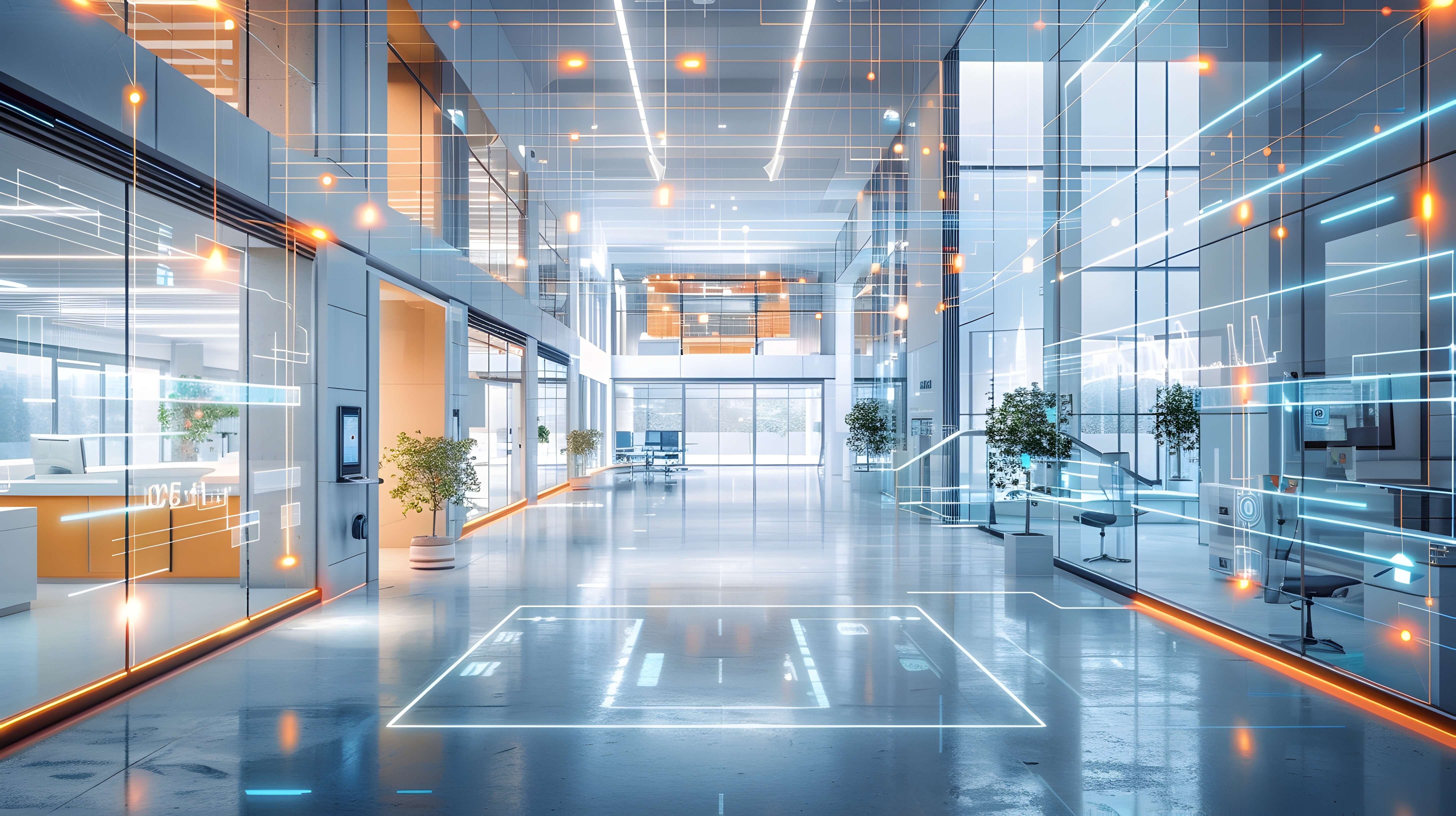
Direct Digital Control(DDC)
Modern buildings rely on Direct Digital Control (DDC) systems to enhance occupant comfort, safety, and energy efficiency. These systems gather real-time data from sensors, such as temperature, humidity, and air quality, and automatically adjust equipment like chillers, pumps, and fans. This capability allows buildings to optimize heating, cooling, and ventilation without requiring constant manual input, saving both energy and costs. DDC systems are widely used in various settings—offices, hospitals, schools, and more—ensuring that indoor environments remain comfortable and efficient.
What is a Direct Digital Control System?
A Direct Digital Control (DDC) system is an automated system designed to control building functions, mainly HVAC systems. Digital computers or microprocessors replace older mechanical or pneumatic controls to offer more precise and reliable performance.

In a DDC system, sensors collect data and send it to a control unit, which processes the information and sends instructions to adjust system settings accordingly. This ensures optimal conditions in the building and improves energy efficiency.
Role of a DDC in Building Systems
As part of a Building Automation System (BAS), the DDC integrates with a network of sensors and devices across the building. This enables real-time adjustments to changing conditions, reducing energy waste and enhancing building efficiency. DDC systems can operate independently within specific zones of the building. For example, a DDC unit in a conference room controls temperature and humidity in that space, while another manages HVAC functions in a different zone.
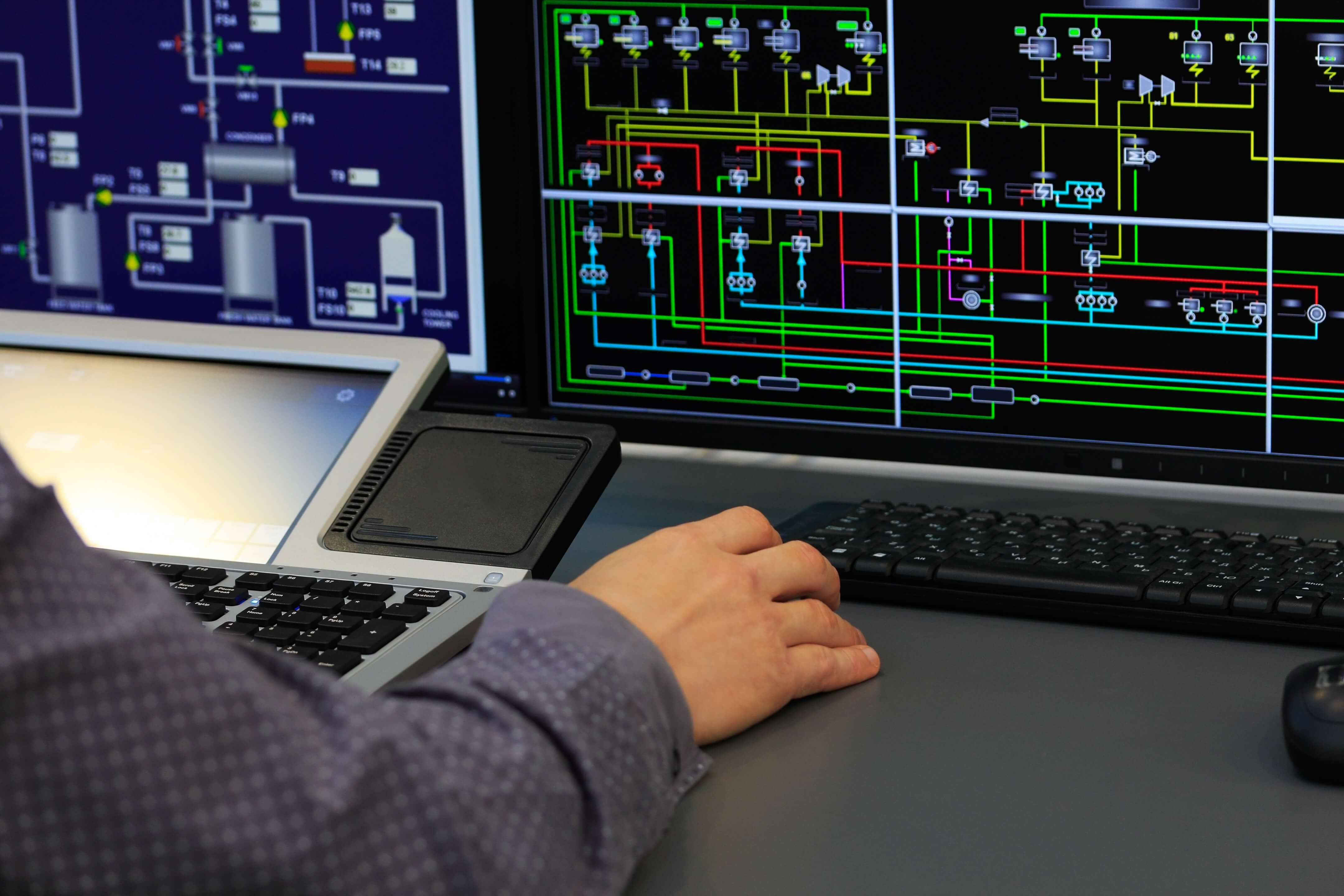
Although each unit operates autonomously, all DDC units are connected through a central monitoring system. This network allows building managers to oversee and adjust the performance of all units from a single point, providing greater control and insight into building operations.
Components of a Direct Digital Control System
Direct Digital Control systems rely on a robust architecture to ensure precision and reliability across various building systems. The components of a DDC system are structured to handle the full spectrum of tasks required for efficient building automation.
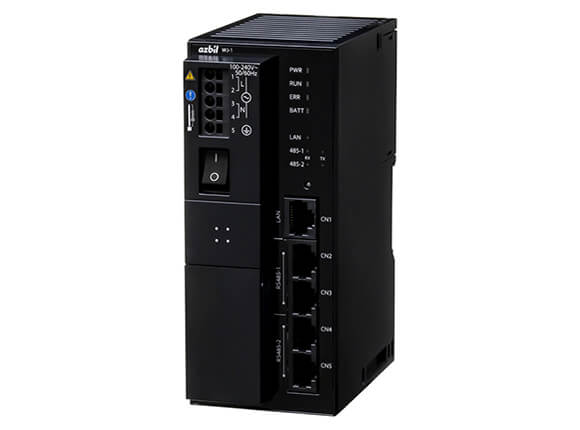
DDC Architecture
The Input Function collects data from sensors located throughout the building. These sensors might measure various factors, including temperature, humidity, and CO₂ concentration.
The Control Function is where the logic comes into play. Once the data is collected, the DDC system processes this information based on pre-programmed control algorithms or setpoints. This function compares the current data to desired conditions and makes decisions about how to adjust the building systems.
The Output Function sends commands to the building's equipment based on the control logic. This could involve adjusting HVAC units, or opening and closing valves. These outputs are directly responsible for ensuring the building environment stays within the desired conditions.
Lastly, the Communication Function enables DDC systems to share data and commands across devices and networks. The system utilizes open protocols such as BACnet/IP, BACnet MS/TP, Modbus™ RTU, and Modbus™ ASCII over RS-485 communication. This ensures the DDC system can integrate with various devices and communicate efficiently, even across multiple systems or building zones.
Environmental Parameters
To maintain optimal indoor conditions, DDC systems collect environmental data, including temperature (room temperature, outside air temperature, and heating/cooling supply temperature), humidity (both indoor and outdoor), and CO₂ concentration. This data allows the system to automatically control air conditioning, and ventilation systems, ensuring that each building area maintains the ideal environment for its occupants.
Equipment and Device Data
DDC systems also track the status of essential building equipment. This includes the operational status of fans and pumps, output levels of heating and cooling systems, valve positions, and the clogging status of filters. By linking with a building management system and continuously monitoring this data, it is possible to detect anomalies, optimize equipment performance, and implement preventive maintenance. This contributes to better energy management, reduced downtime, and enhanced comfort.
Safety and Security Control
Safety is another key function of DDC systems. By being connected to the builiding management system, emergency alerts, such as fire alarms, are integrated into the DDCsystem. By analyzing this data in real-time, the DDC can quickly identify potential security threats or safety concerns, allowing for a swift response to emergencies and ensuring the safety of building occupants.
DDC-Based Control Functions
Once data is collected and analyzed, the DDC system executes targeted control actions to optimize building performance. These automated responses are tailored to maintain occupant comfort, reduce energy waste, and support overall system efficiency across various functions.
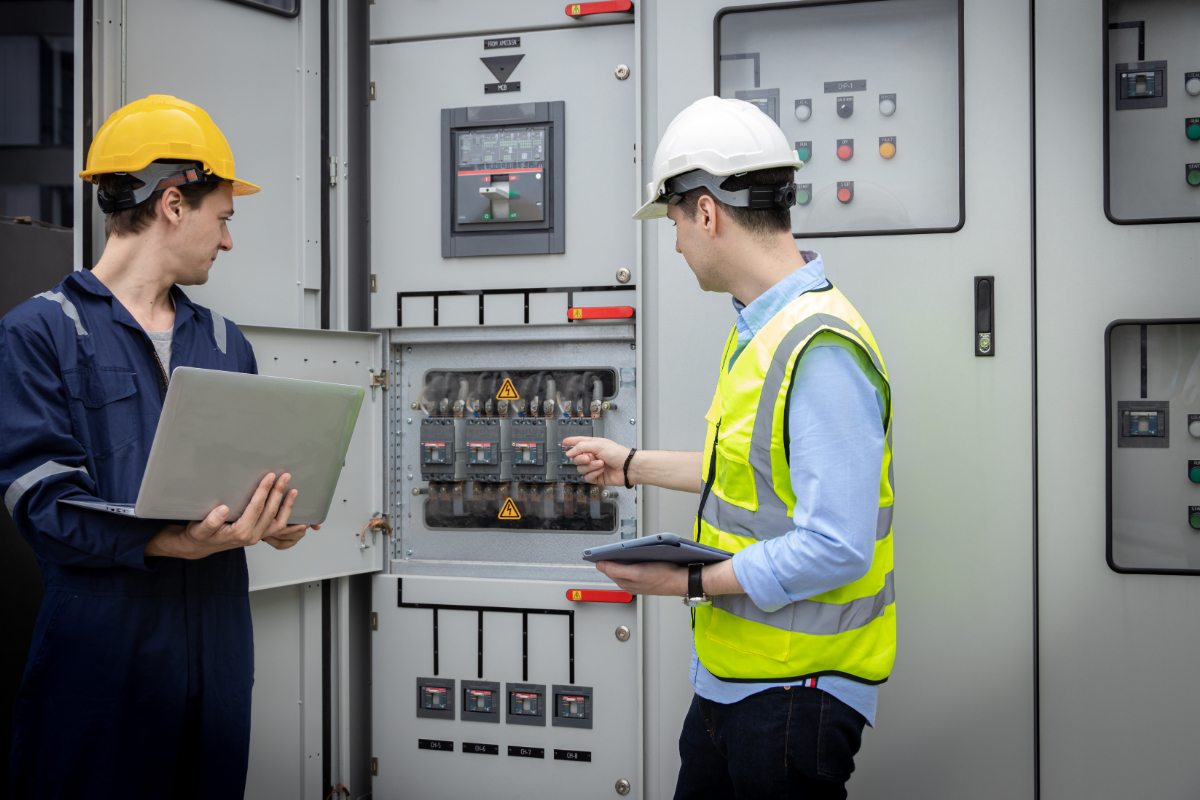
HVAC Control
One of the most important roles of DDC is managing heating, ventilation, and air conditioning (HVAC) systems. By continuously adjusting air conditioning units, the system ensures that indoor temperatures and humidity levels remain within a comfortable range throughout the day. It monitors CO₂ concentrations and performs ventilation only when necessary, avoiding unnecessary energy use.

In addition, the DDC evaluates the difference between indoor and outdoor temperatures to optimize fresh air intake, helping maintain air quality without excessive cooling or heating demands.
Energy Management
Energy efficiency is a core advantage of DDC-based control. The system can suppress peak power usage by regulating equipment activity during high-demand periods, helping avoid overloading and costly energy spikes. It also shifts certain operations to off-peak times, ensuring systems run when power demand is lower.
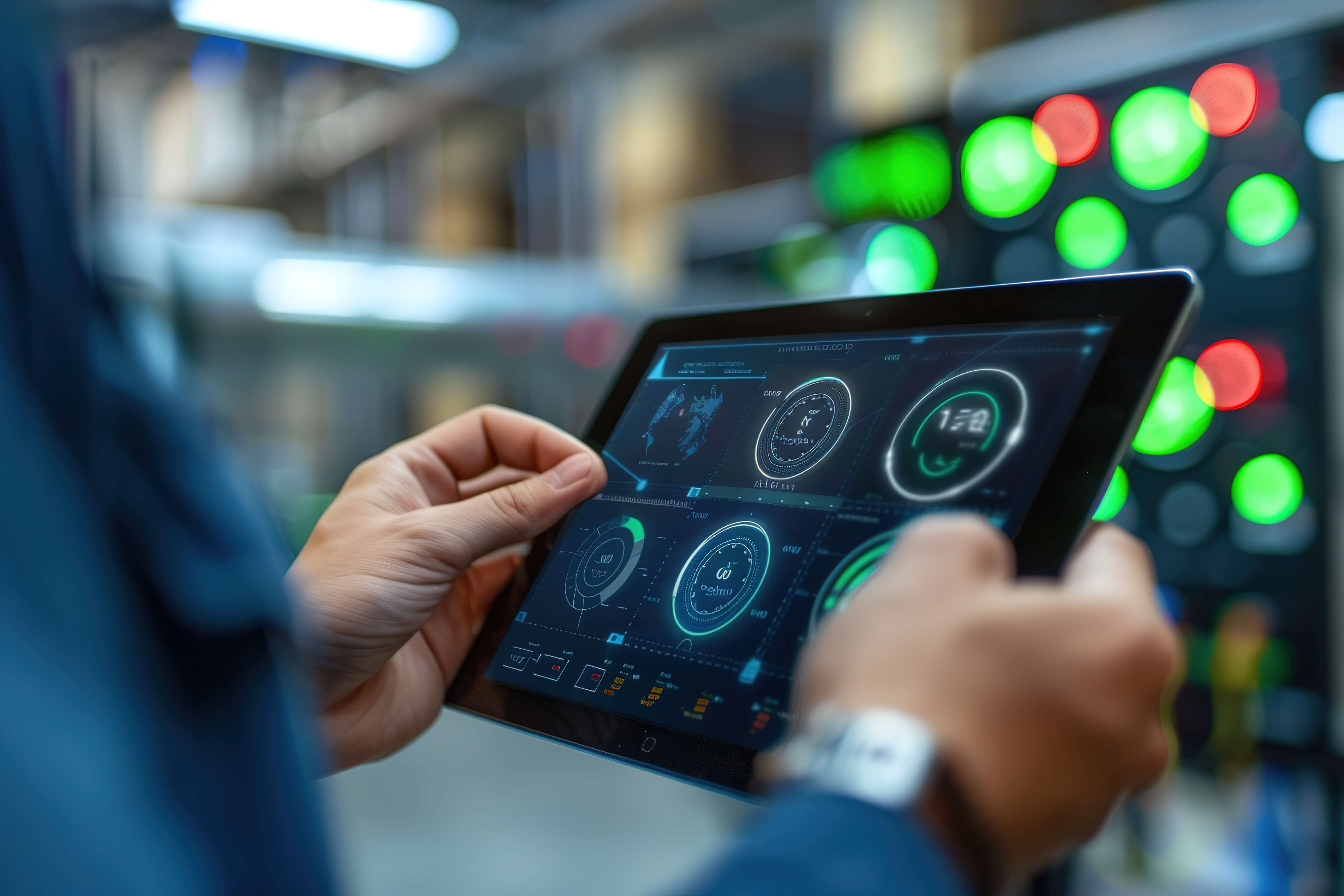
For more complex equipment like boilers and chillers, the DDC ensures they operate only at the capacity required, reducing energy consumption without sacrificing performance.
Final Thoughts
Direct Digital Control (DDC) systems are essential to today’s building operations. Collecting real-time data and making smart adjustments help manage comfort, energy use, and safety across the facility. Their support for consistent performance makes them a key component of efficient and responsive building management.
DDC systems, from HVAC control to emergency response, bring precision and flexibility to day-to-day operations. As the demand for smarter, more sustainable buildings continues to grow, reliable solutions like those offered by Azbil provide the tools needed to meet evolving building requirements while keeping systems running smoothly.
High-Performance DDC by Azbil
Azbil’s DDC lineup covers everything from general-purpose controllers to specialized units for chillers, VAV boxes, and fan-coil units. Each controller is engineered to handle specific applications, integrating seamlessly via open protocols and delivering precise control for maximum efficiency and reliability.
If you plan to enhance your building’s automation system, Azbil offers a wide range of high-performance DDC controllers designed for efficiency, reliability, and seamless integration. Visit the Azbil product page to learn more about each controller type and how they can support smarter building management.
This article was originally published in June 2025
